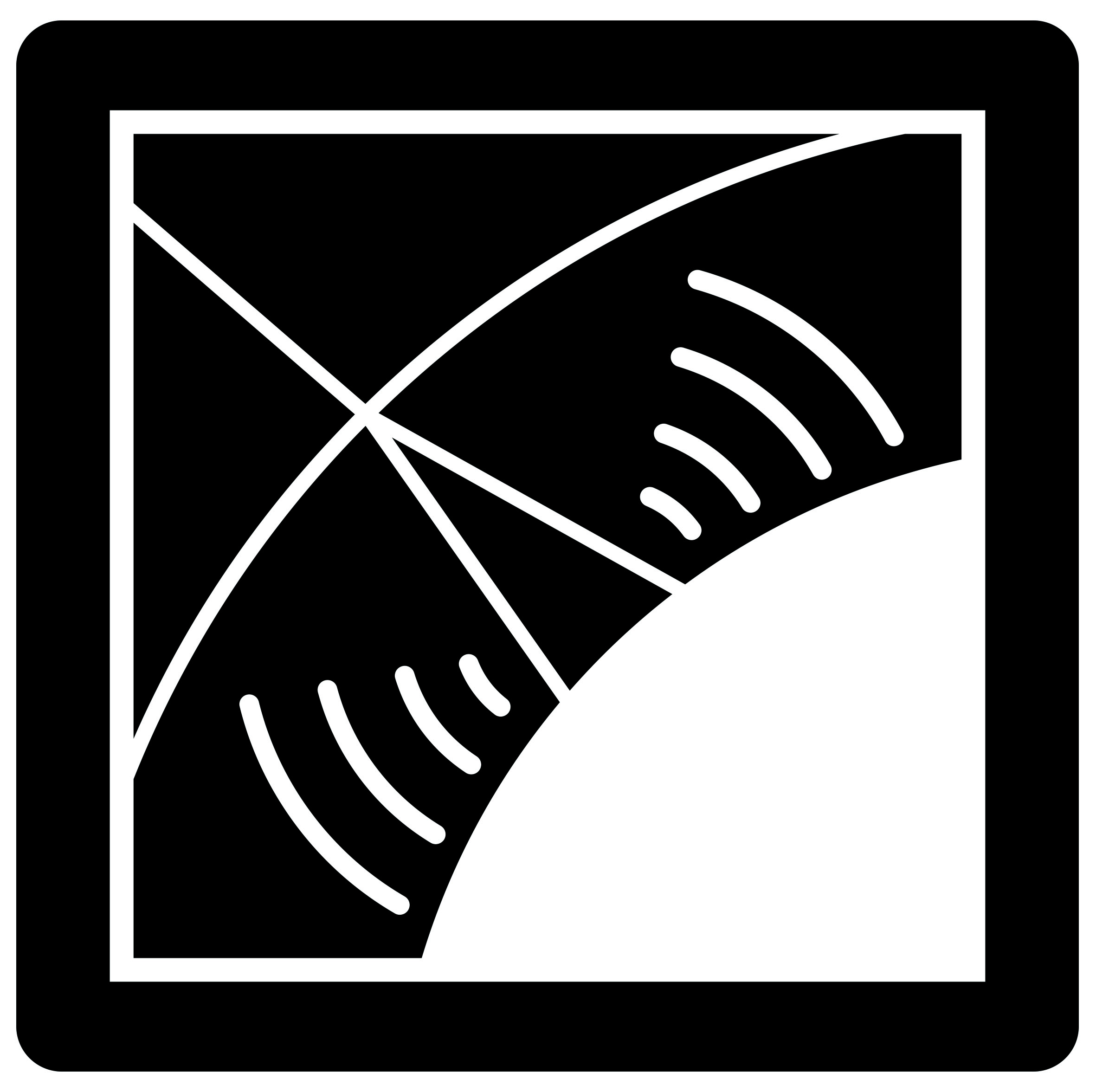Evidence for the charge-excess contribution in air shower radio emission observed by the CODALEMA experiment
CODALEMA is one of the pioneer experiments dedicated to the radio detection of ultra high energy cosmic rays (UHECR), located at the radio observatory of Nançay (France).
 Figure: the experimentally observed core shift. The black dots represent the radio core positions relatively to the particle core positions of the 216 selected events detected by CODALEMA. The red lines are the contour levels of a 10 m Gaussian smoothed map. The average radio core position is shifted toward the east by 30 m.
Figure: the experimentally observed core shift. The black dots represent the radio core positions relatively to the particle core positions of the 216 selected events detected by CODALEMA. The red lines are the contour levels of a 10 m Gaussian smoothed map. The average radio core position is shifted toward the east by 30 m.
Published by A. Bellétoile, R. Dallier, A. Lecacheux, V. Marin, L. Martin, B. Revenu, D. Torres, in Astroparticle Physics 69, April 2015, P. 50–60 https://dx.doi.org/10.1016/j.astropartphys.2015.03.007
